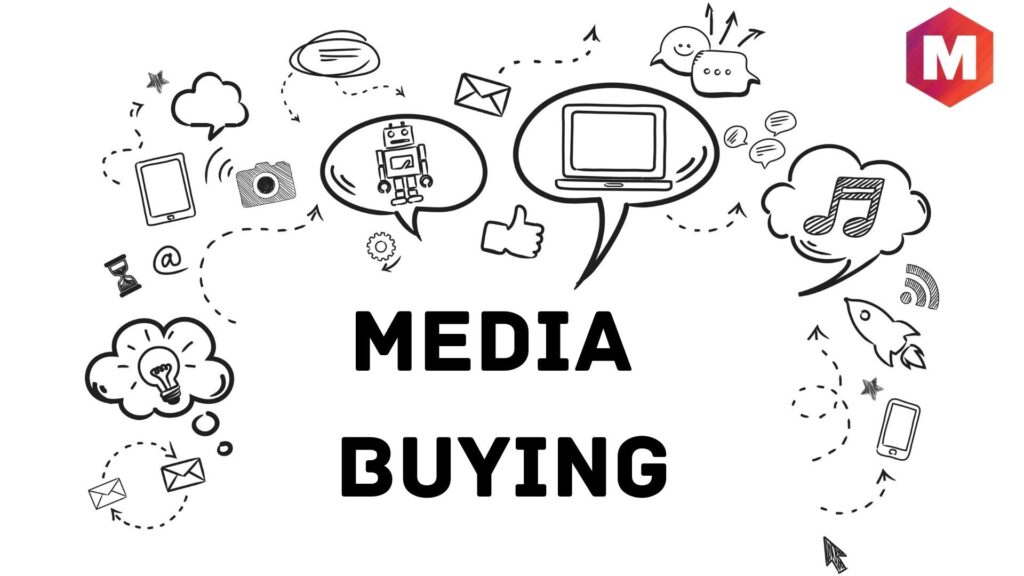Media Buying: A Complete Guide to Effective Ad Placement
What is Media Buying?
It is the strategic process of acquiring advertising space across various platforms to promote a brand, product, or service. It plays a crucial role in digital marketing and advertising, ensuring ads reach the right audience at the right time for maximum impact.
Successful media buying involves planning, research, negotiation, and optimization to achieve a high return on investment (ROI) while maximizing brand visibility.
Key Aspects of Media Buying
1. Research and Strategy Development
Before launching an ad campaign, media buyers conduct thorough research, including:
- Understanding the target audience – demographics, interests, and online behavior.
- Analyzing market trends and competitor strategies.
- Choosing the best platforms for ad placements.
2. Selection of Media Channels
Media buying spans multiple channels, including:
- Digital Media – Social media ads, search engine marketing (SEM), display ads, and video ads on platforms like Google, Facebook, Instagram, and YouTube.
- Traditional Media – TV, radio, newspapers, and magazines, which remain effective for certain industries.
- Outdoor Advertising – Billboards, transit ads, and posters in high-traffic areas.
- Programmatic Advertising – Automated AI-driven ad buying using real-time bidding (RTB) to optimize reach and engagement.
3. Budget Allocation & Negotiation
Media buyers ensure the advertising budget is allocated efficiently by:
- Negotiating with publishers and media houses for the best rates.
- Securing premium ad placements for maximum visibility.
- Optimizing ad placement, duration, and frequency to increase engagement.
4. Ad Placement & Campaign Execution
Once the media space is secured, ads are launched based on a strategic plan. Placing ads during peak engagement hours significantly boosts performance.
5. Performance Monitoring & Optimization
Continuous monitoring of key performance indicators (KPIs) is essential, including:
- Impressions (how often an ad is seen)
- Clicks and Click-Through Rate (CTR)
- Conversions and ROI
- Engagement Rates
If an ad underperforms, media buyers adjust the strategy by tweaking targeting, reallocating budgets, or refining creatives.
Types of Media Buying
1. Direct Media Buying
- Involves direct negotiations with publishers or media owners.
- Offers more control over pricing and placement.
- Common in traditional media like TV, radio, and print.
2. Programmatic Media Buying
- Uses AI and real-time bidding (RTB) to automate ad placements.
- Ensures precise audience targeting based on user data.
- Dominates digital advertising across websites, social media, and mobile apps.
Types of Programmatic Buying
- Maximizes Ad Spend Efficiency – Ensures ads appear in high-performing spaces for the best ROI.
- Boosts Brand Visibility – Expands reach across multiple digital and traditional platforms.
- Increases Audience Engagement – Targets the right audience at optimal times for better conversions.
- Provides Data-Driven Insights – Helps in tracking performance and improving future campaigns.

- Real-Time Bidding (RTB) – Auction-based ad buying in real-time.
- Private Marketplace (PMP) – Invite-only auction for premium ad placements.
- Programmatic Direct – Pre-negotiated deals between advertisers and publishers.
Why It Is Important
- Maximizes Ad Spend Efficiency – Ensures ads appear in high-performing spaces for the best ROI.
- Boosts Brand Visibility – Expands reach across multiple digital and traditional platforms.
- Increases Audience Engagement – Targets the right audience at optimal times for better conversions.
- Provides Data-Driven Insights – Helps in tracking performance and improving future campaigns.
Final Thoughts
In today’s competitive digital landscape, media buying is a game-changer for businesses looking to grow. Whether done manually through direct negotiations or programmatically using AI, a strong media buying strategy can significantly boost brand awareness, lead generation, and revenue.
By optimizing your media buying strategy with data-driven insights and effective targeting, you can ensure maximum impact for every advertising dollar spent.


